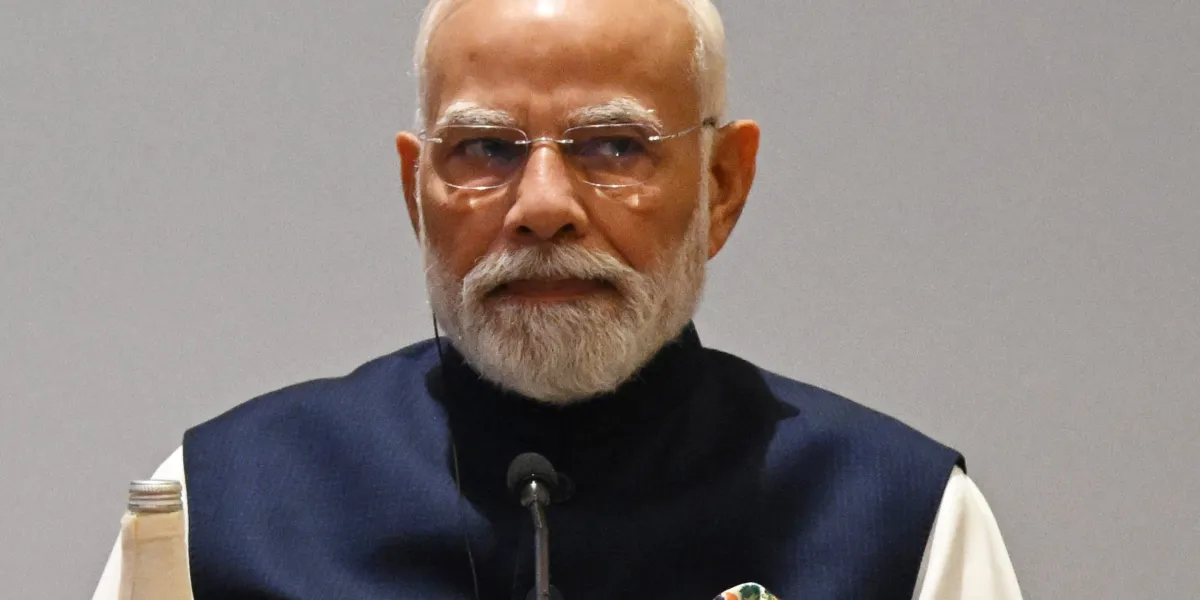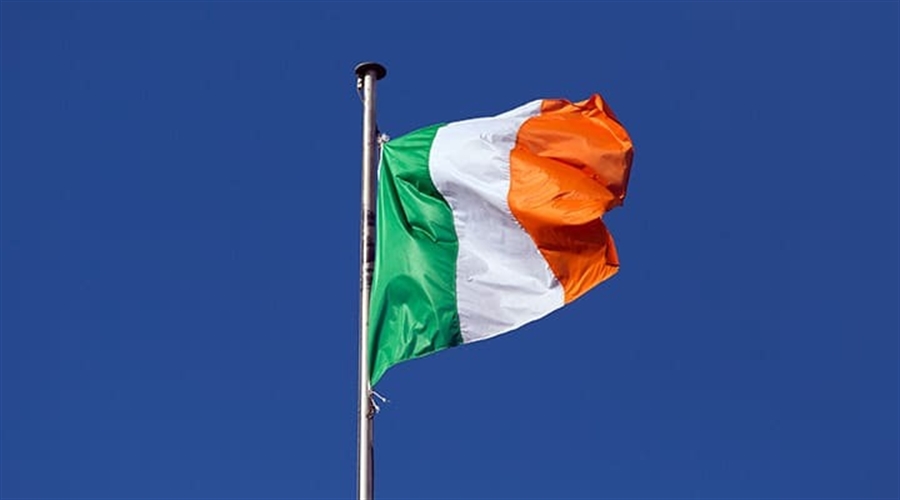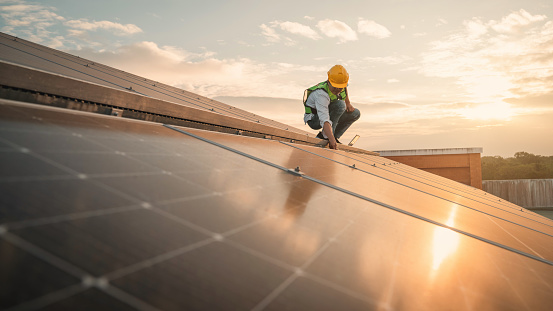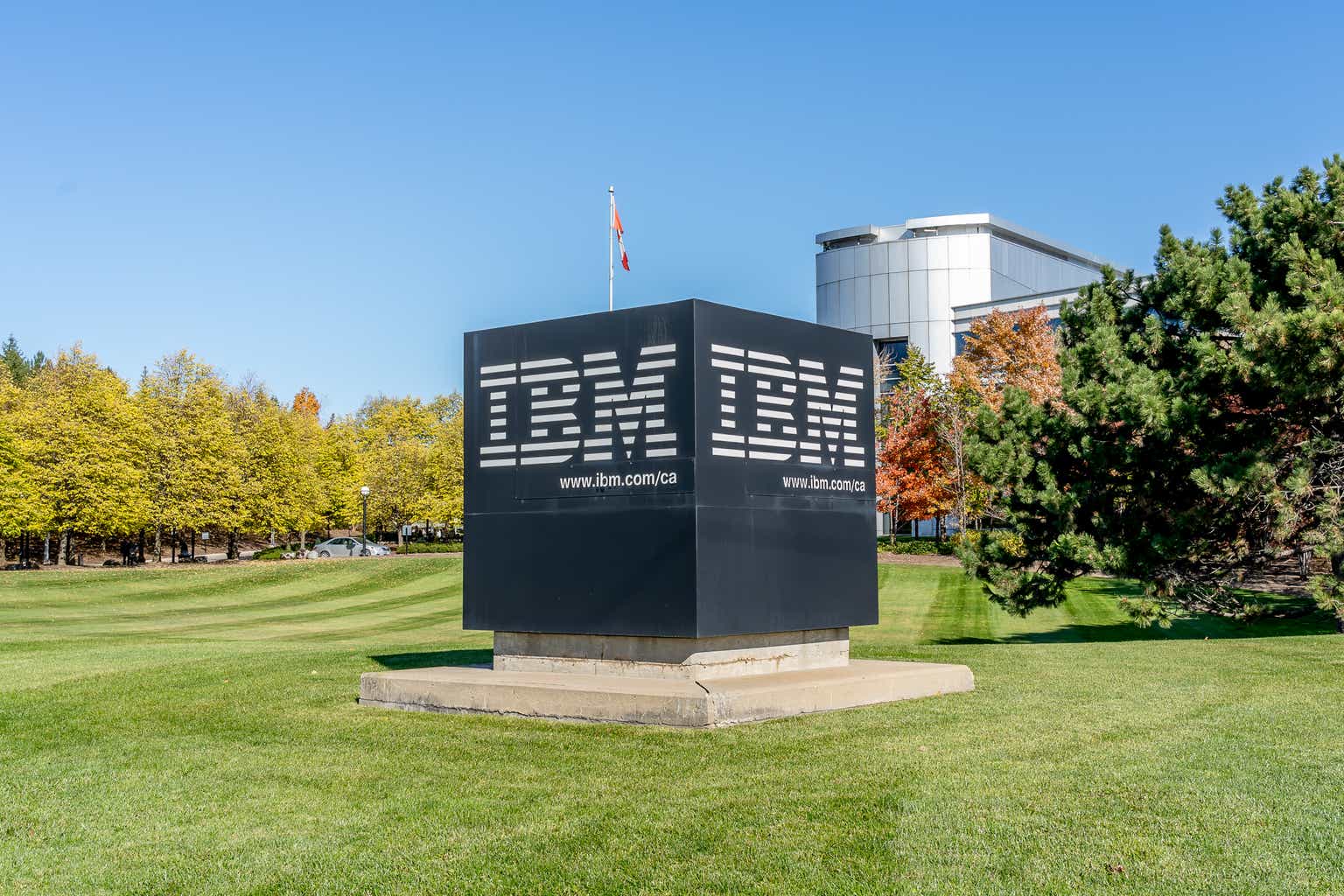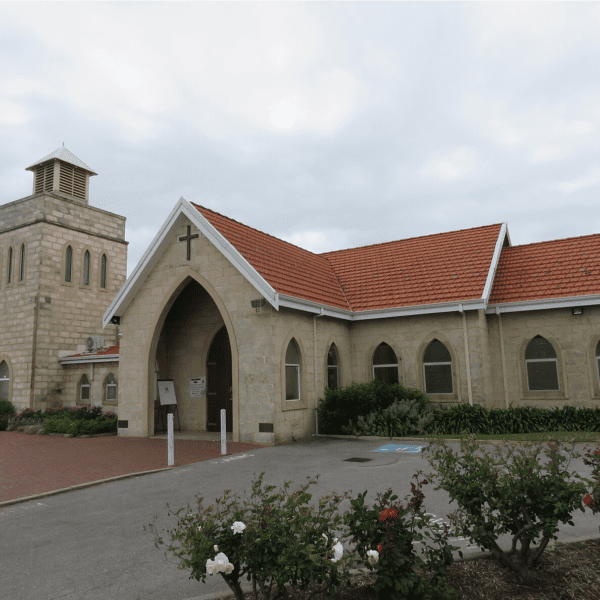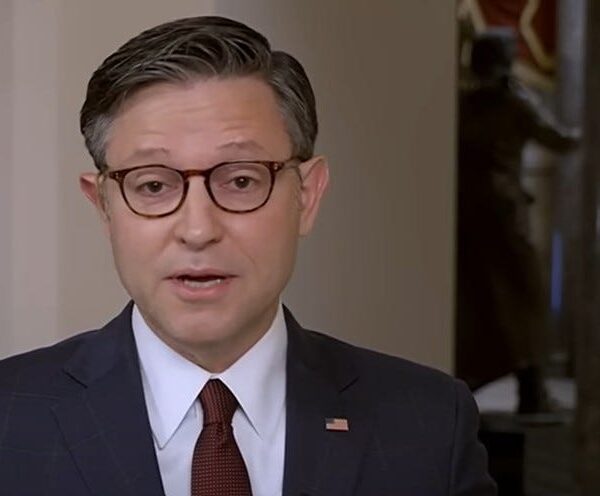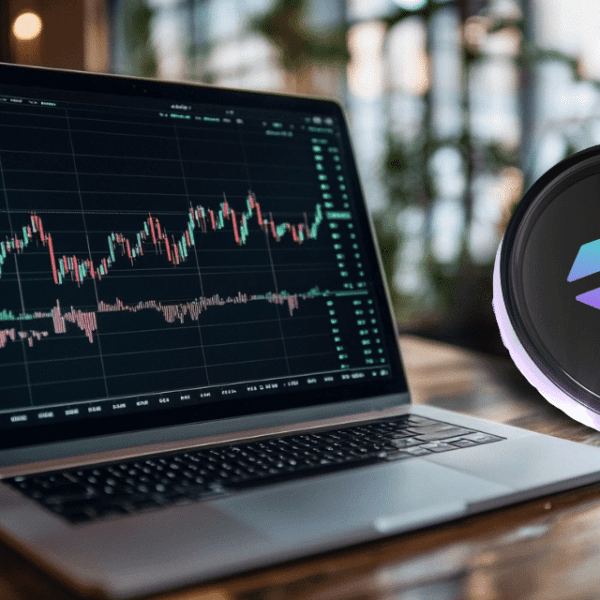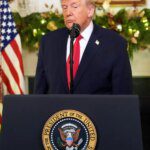
India’s economy grew at the fastest pace in six quarters, underscoring its resilience even as US President Donald Trump’s steep tariffs cloud the outlook.
Gross domestic product rose 8.2%in the three months through September from a year earlier, the Statistics Ministry said Friday, beating all 38 estimates in a Bloomberg survey of economists and much faster than the 7.4% median forecast. The economy had expanded 7.8% in the April–June quarter.
In a post on X, Prime Minister Narendra Modi called the GDP number “very encouraging,” saying it reflects the impact of the government’s “pro-growth policies and reforms.”
India’s sovereign five-year bond yield rose as much as 8 basis points to 6.24% on Friday, as markets took the strong data as reducing the chances of an interest rate cut at next week’s policy meeting.
Economists such as Sonal Varma of Nomura Holdings had earlier expected the Reserve Bank of India to cut rates on Dec. 5, but she now says it may be a “close call.” “India’s Goldilocks macro mix — high growth, low inflation — is unique,” Varma said.
As a result of the robust data, full-year growth is now projected to be at least 7%, up from6.3%-6.8% earlier, V. Anantha Nageswaran, India’s Chief Economic Advisor, told reporters in New Delhi.
While the numbers will be a major boost for Modi, many economists do not expect the momentum to last through the remaining quarters if uncertainty over a trade deal with the US lingers. India, which faces a 50% tariff rate, is among the last major economies yet to sign a trade agreement with Washington.
A jump in manufacturing — which expanded at its fastest pace in more than a year — along with stronger financial services activity drove the better-than-expected outcome last quarter. Analysts said the data also suggest the economy benefited from the 100 basis points of interest rate cuts delivered by the central bank earlier this year.
The data confirms that “India will remain the world’s fastest growing economy, and the supportive fiscal and monetary policies seem to be contributing to a long-awaited revival of investment demand,” said Shumita Deveshwar, chief economist at GlobalData.TS Lombard.
Modi is trying to shore up growth by spurring consumer and business spending. His government introduced major tax cuts in September, which boosted demand ahead of the festival season. Private consumption, which accounts for almost 60% of GDP, jumped 7.9% last quarter from a year ago. Manufacturing sector grew 9.1%.
Government expenditure fell 2.7% in order to stay on track toward its budget deficit target as the tax cuts eroded revenue.
“Support this quarter has come from stocking up ahead of the festive season by producers,” said Sakshi Gupta, an economist at HDFC Bank Ltd. Exporters also advanced shipments ahead of Trump’s tariffs taking effect in August, which contributed to the boost, she said.
However, the momentum might fade in the coming quarters.
“What remains uncertain is whether the jump up in demand seen during the festive season would sustain over the coming months, especially given that urban hiring trends remain tentative.” Gupta said.
Some economists also said the data may have been boosted by statistical effects such as a lower deflator, used to strip out inflation from economic output. “Discrepancies have also contributed significantly to headline GDP growth this quarter,” Varma of Nomura said.
A prolonged stalemate on a US trade deal is also weighing heavily on the outlook. Exports contracted nearly 12% in October from a year earlier, with shipments to the US down 8.6%, data released earlier this month showed.
The International Monetary Fund has lowered its projection for India’s growth next financial year to 6.2%on the assumption that high US tariffs will remain in place.
Still, officials in New Delhi have repeatedly said in recent weeks that an agreement is close. Just before the GDP data were released on Friday, a senior official said India is optimistic it will strike an initial deal with Washington by next month to bring down reciprocal tariffs.

